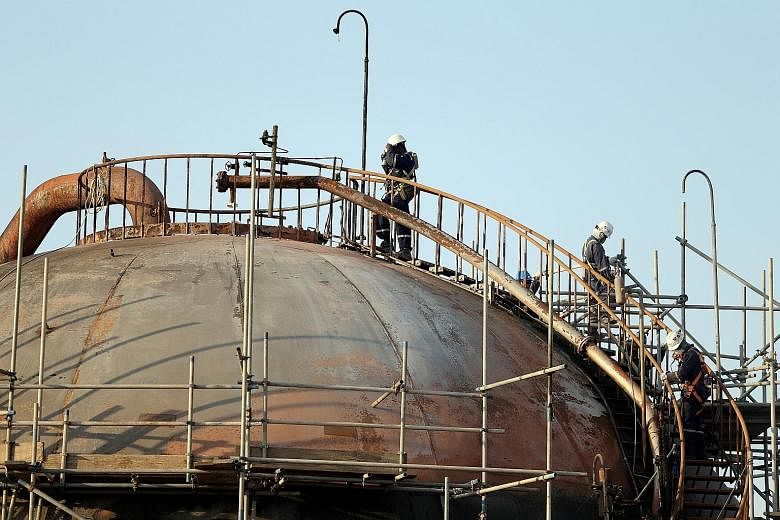UNITED NATIONS • United Nations investigators dispatched to Saudi Arabia after drone and missile attacks on state oil company Saudi Aramco in September determined they could not yet verify United States and Saudi claims that Iran was behind the strikes.
The UN "is unable to independently corroborate that the cruise missiles and unmanned aerial vehicles used in these attacks are of Iranian origin and were transferred in a manner inconsistent with" UN resolutions, Secretary-General Antonio Guterres wrote in his semi-annual Iran report to the security council.
The UN report said investigators were able to examine the debris of the weapon systems used in the attacks on an oil facility in May, on the Abha International Airport over the summer and on the Saudi Aramco facilities in September. It added that the UN is "still collecting and analysing additional information on these cruise missiles and unmanned aerial vehicles" and will report additional findings in due course.
But after months of inquiry, the UN has stopped short of backing the US' and Saudi Arabia's assertions.
In September, the Saudi Defence Ministry said the attacks were "unquestionably sponsored by Iran", adding that an assessment of the parts of drones and missiles recovered indicate Iranian origin. It displayed pieces of what it said was the weaponry involved. US Secretary of State Michael Pompeo also blamed Iran, which has denied involvement.
In response to invitations from Saudi Arabia, members of the UN travelled to Riyadh to examine the issue, the report said.
US and Saudi reviews of the attacks have described them as complex, involving a mix of low-flying drones and cruise missiles coming from the north.
The attacks raised questions about Saudi Arabia's role as an anchor of stability in global energy markets and were the most daring amid a string of tanker bombings and pipeline assaults that began in May, after Teheran warned that it was going to respond to US sanctions on its oil exports.
During a visit to Saudi Arabia, UN investigators were provided with the Saudi assessment that a "misfired land attack cruise missile" bore similarities with the Iranian cruise missile "Ya Ali". They were also shown a photograph from an Iranian exhibition in May 2014 of a possible mock-up of a delta wing unmanned aerial vehicle, which Saudi Arabia considered to be similar to the ones used in the Aramco attacks.
The UN agreed with the Saudi assessment that the number of impact points at the oil facilities in Khurais and Abqaiq was inconsistent with the statements made by Iranian-backed Houthi rebels in Yemen, which claimed responsibility for the attacks. Yet it noted that the cruise missile used in the attacks bore similar design characteristics to the mock-up of the Quds cruise missile that the Houthis displayed in July.
The UN report also notes that the Houthis have "not shown to be in possession" of the type of drones connected to the attacks. It observed that these unmanned aerial vehicles were equipped with parts similar to an Iranian unmanned aerial vehicle reportedly recovered in Afghanistan in 2016.
BLOOMBERG

